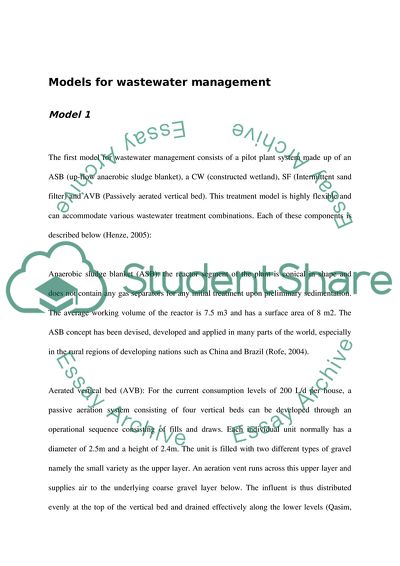Cite this document
(“DESIGN OF AN APPROPRIATE WASTEWATER MANAGEMENT SYSTEM FOR A Essay”, n.d.)
DESIGN OF AN APPROPRIATE WASTEWATER MANAGEMENT SYSTEM FOR A Essay. Retrieved from https://studentshare.org/miscellaneous/1571755-design-of-an-appropriate-wastewater-management-system-for-a-remotejrural-community
DESIGN OF AN APPROPRIATE WASTEWATER MANAGEMENT SYSTEM FOR A Essay. Retrieved from https://studentshare.org/miscellaneous/1571755-design-of-an-appropriate-wastewater-management-system-for-a-remotejrural-community
(DESIGN OF AN APPROPRIATE WASTEWATER MANAGEMENT SYSTEM FOR A Essay)
DESIGN OF AN APPROPRIATE WASTEWATER MANAGEMENT SYSTEM FOR A Essay. https://studentshare.org/miscellaneous/1571755-design-of-an-appropriate-wastewater-management-system-for-a-remotejrural-community.
DESIGN OF AN APPROPRIATE WASTEWATER MANAGEMENT SYSTEM FOR A Essay. https://studentshare.org/miscellaneous/1571755-design-of-an-appropriate-wastewater-management-system-for-a-remotejrural-community.
“DESIGN OF AN APPROPRIATE WASTEWATER MANAGEMENT SYSTEM FOR A Essay”, n.d. https://studentshare.org/miscellaneous/1571755-design-of-an-appropriate-wastewater-management-system-for-a-remotejrural-community.


